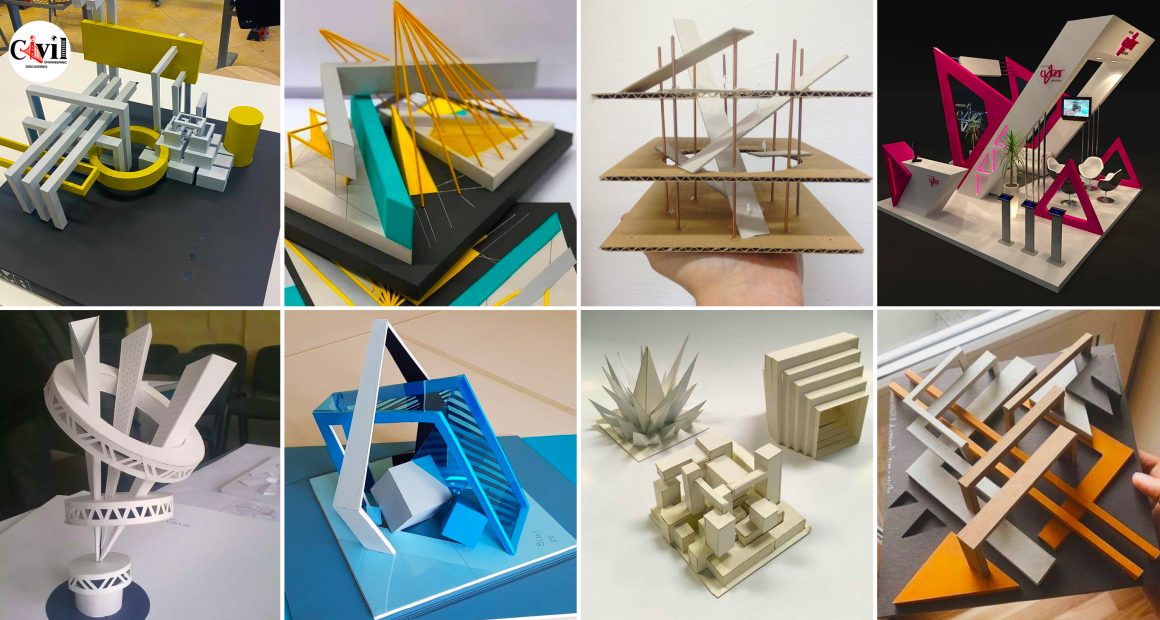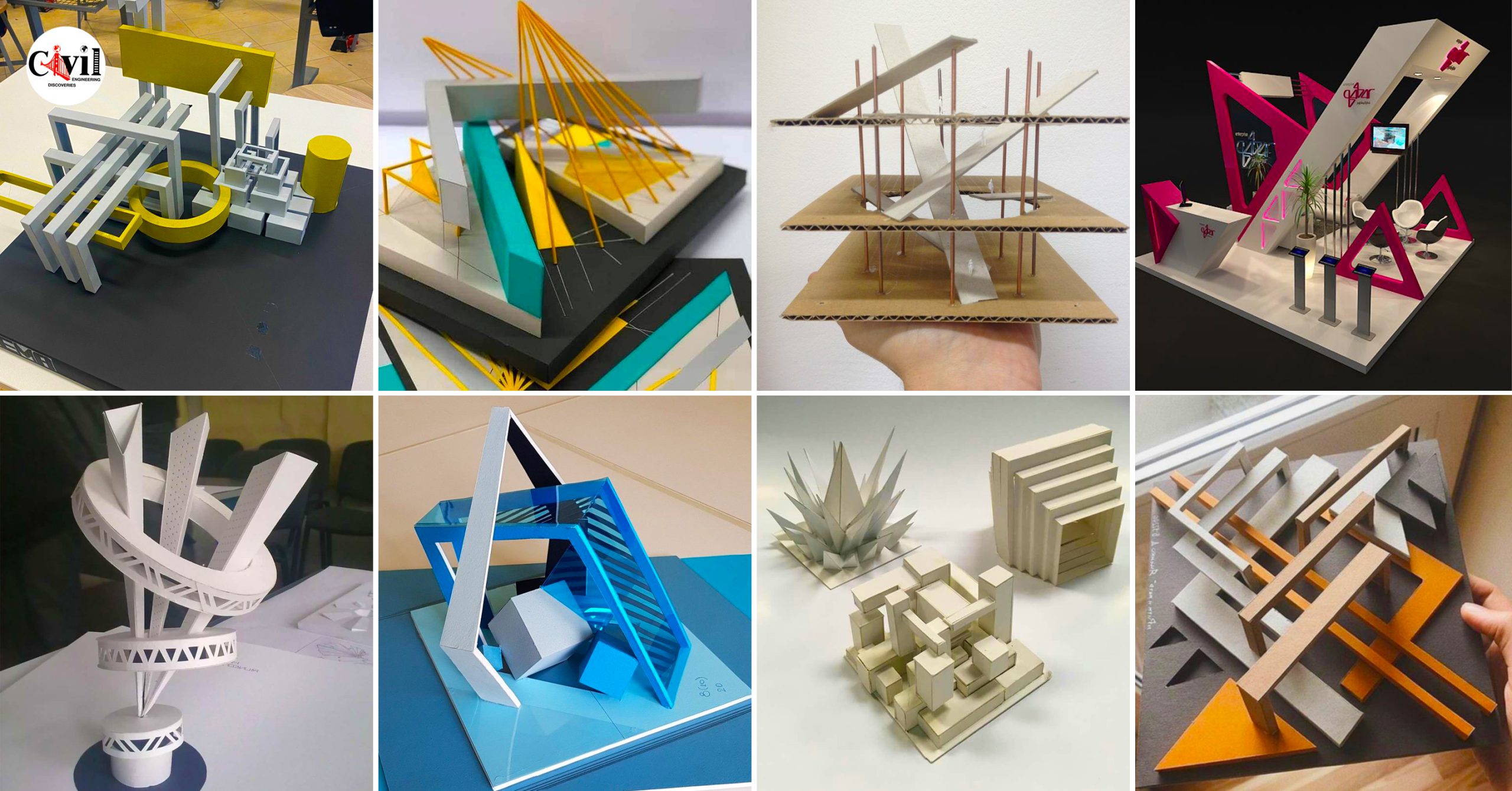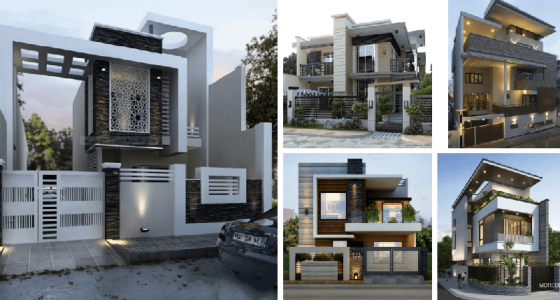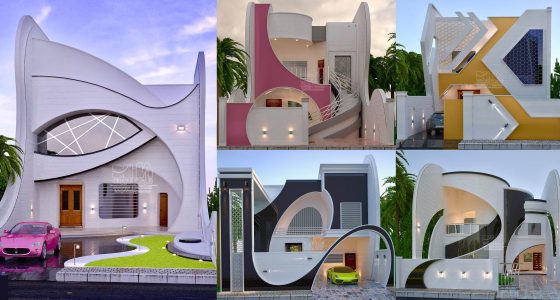These 30 images can give you a good understanding of the principles of merging and overlapping shapes in architectural design. However, the best way to learn about this topic is to study the work of other architects. Pay attention to the way that they use shapes to create different effects. You can also experiment with different shapes and configurations yourself to see what you can create.
Here are some tips for using merging and overlapping shapes in architectural design:
- Consider the function of the space. What kind of activities will take place in the space? The shapes you choose should be appropriate for the function of the space.
- Think about the scale of the space. The shapes you choose should be in proportion to the size of the space.
- Use a variety of shapes. This will create a more interesting and dynamic composition.
- Experiment with different combinations of shapes. See what works best for the specific space you are designing.
- Don’t be afraid to break the rules. Sometimes, the most interesting designs are the ones that defy convention.
With a little bit of practice, you can learn to use merging and overlapping shapes to create beautiful and functional architectural designs.
The Sydney Opera House is a famous example of how merging and overlapping shapes can be used to create a visually stunning building. The roof of the opera house is made up of a series of overlapping shells that resemble sails.




































